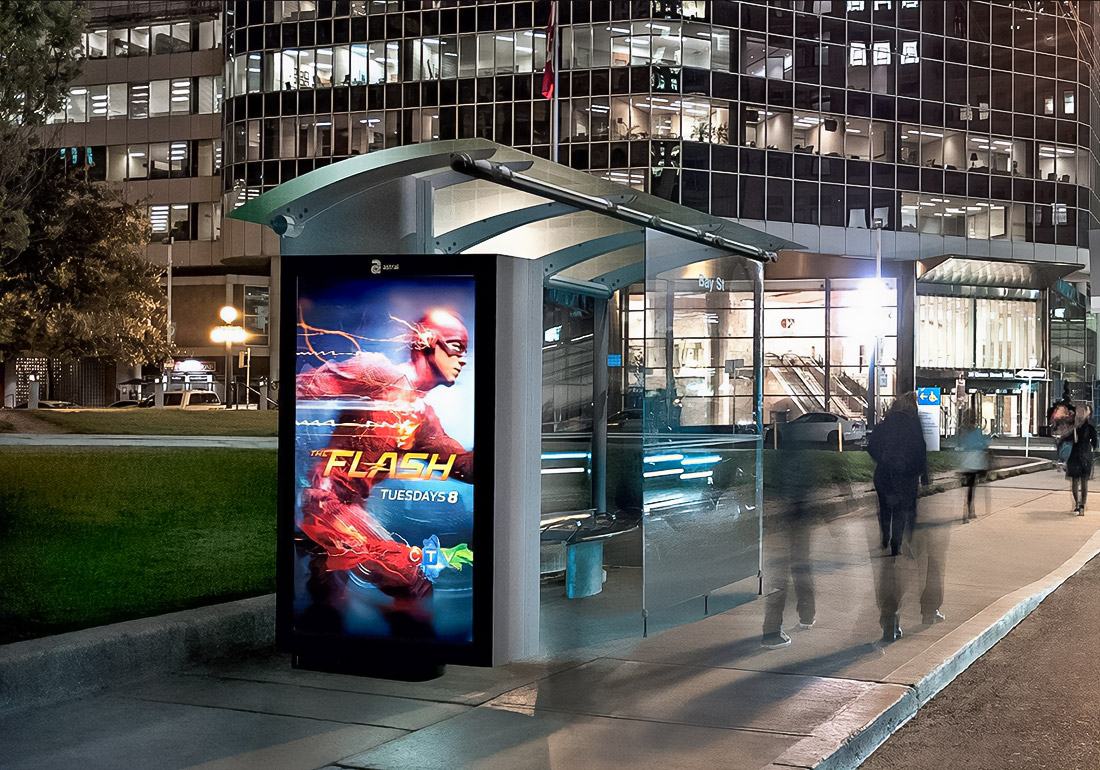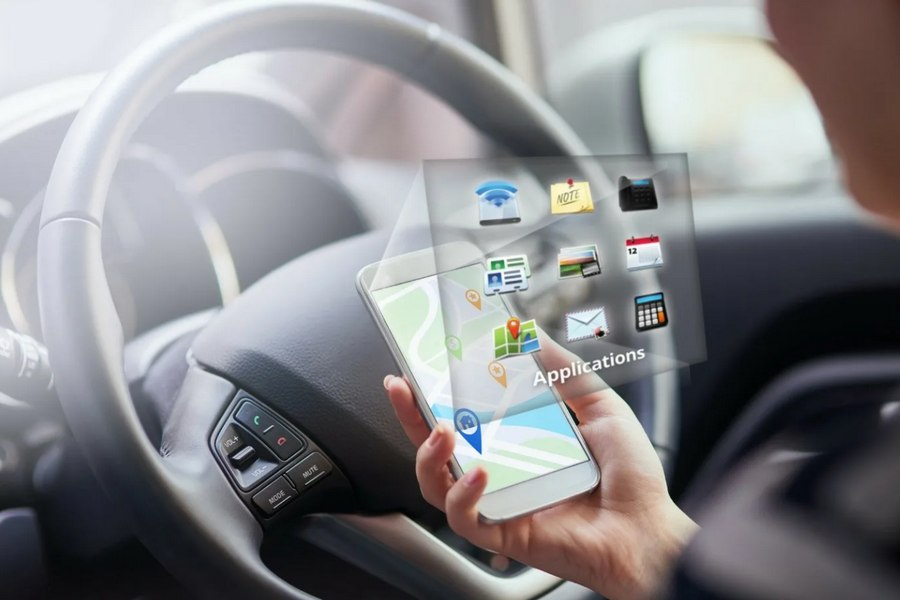Digital technologies have become an integral part of everyday life. In modern conditions, they are used everywhere, from performing routine tasks to opening new opportunities for connection and interaction with the surrounding world. Despite significant progress in this area, the important question of accessibility for people with limited possibilities, requiring attention, exists. Digital accessibility — this is not simply a fashionable term but a necessity capable of improving the quality of life of millions of people across the whole world. Modern technologies, such as digital signage uae, can provide solutions for easy navigation and orientation in space, opening new horizons for each of us.
Role of digital technologies in everyday life of modern person

Modern digital navigation systems and smart pointers open unseen opportunities. They combine such technologies as sensors, GPS, Bluetooth, and mobile applications, creating automated platforms for providing information in real time. These solutions are already actively used in public places, such as shopping centers, airports, hospitals, and universities, helping make movement convenient and safe. For example, in 2023, over 65% of the largest airports in the world implemented smart pointers that significantly increased the comfort of passengers. More about digital technologies.
Innovative technologies: how to work digital navigation systems and smart pointers?
The usage of digital navigation systems and smart pointers exerts a substantial impact on the quality of life of people with limited possibilities. Consider key advantages:
- For people with vision impairments: system can provide voice instructions and tactile maps, contributing to better orientation.
- For people with hearing impairments: used visual signals and text notifications.
- For people with limited motor skills: implemented adapted interfaces and voice control.
- For people with cognitive impairments: systems form simple, intuitively understandable instructions, which reduce the risk of misunderstanding and stress.
These solutions can be customized to the individual needs of the user, which ensures maximum comfort and safety in movement.
Advantages of technological solutions for people with limited possibilities
Many examples of successful implementation systems, solving tasks of accessibility:
- In Barcelona, Bluetooth beacons and mobile applications successfully help people with vision impairments in navigation public transport. More than 20,000 people could use this system in the first year.
- In New York, Wayfindr provides voice instructions, orienting blind and visually impaired passengers in the complex city environment of the subway.
- London project “Smart Cities” each year attracts more users, ensuring accessibility thanks to integrated systems of digital pointers.
These examples never brightly demonstrate the significant contribution of technologies in the creation of an inclusive environment. Study of implementation of technologies.
Specific examples of implementation and success
Despite numerous advantages, the implementation of these systems faces a number of challenges:
- Technical limitations: constant updating of data and monitoring operability of systems.
- Security and confidentiality of data users that requires trust from society.
- Social problems: absence of training users and employees of institutions.
- Accounting cultural differences and regional features during development of solutions.
Overcoming technical and social barriers
For digital technologies to become accessible in the public sphere, follow the next strategies:
- Work together with organizations, representing the interests of people with limited possibilities, to better understand their needs and expectations.
- Invest in research and development, creating more adaptive and universal solutions.
- Ensure accessibility of technologies, offering inexpensive or free solutions for end users.
- Conduct regular testing and updates of systems to ensure their effectiveness and relevance.
Digital navigation systems possess significant potential that can change the way interaction people interact with space, especially for those who face physical limitations. These technologies help make society more inclusive and accessible, but for this, constant investments in research, development, and overcoming existing barriers. Inclusive society — this reality can be achieved by working together., you can find Research on digital technologies to get more insightful perspective.

Football fan, self-starter, DJ, Bauhaus fan and critical graphic designer. Making at the junction of beauty and computer science to create great work for living breathing human beings. Check me out on Dribbble or Medium.



